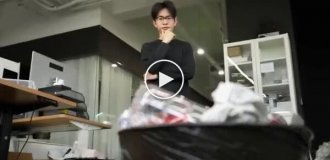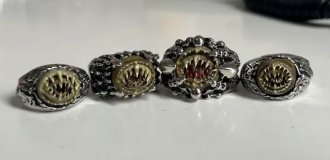A mediocre master who became a virtuoso swindler (10 photos)
When your soul is eager to create, and those around you unanimously claim that you are dull and untalented, then such a combination can give birth to a monster. Although not the most dangerous. 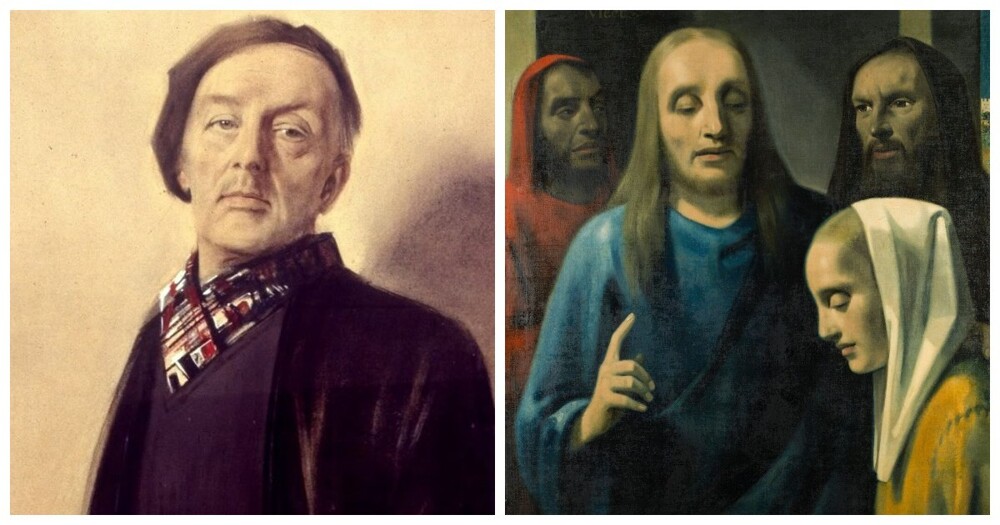
Henrikus Antonius van Megeren was born in a small Dutch town in 1889 and from childhood decided to become an artist: the boy was inspired by the works of Dutch masters. 
Han van Meegeren
At the insistence of his father, he did not graduate from the university - his girlfriend became pregnant, and he had to quit his studies. Han van Meegeren became assistant professor of drawing and art history at the university. And to earn extra income, he began to draw and sell postcards and posters. 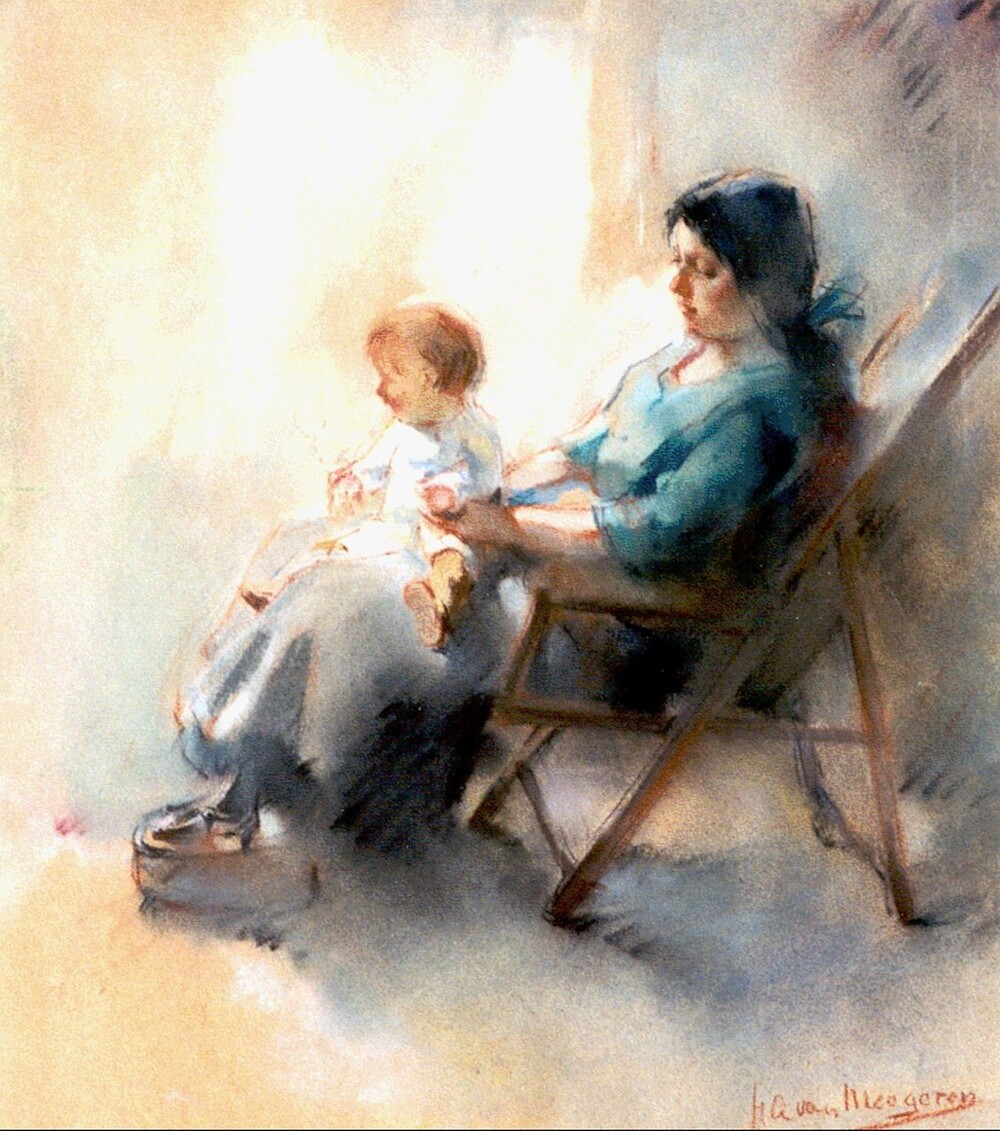
Van Meegeren's painting
The first exhibition in 1917 in The Hague was the painter’s only success. Then critics stopped appreciating the portrait painter’s work, which greatly slowed down his career. Van Meegeren's family broke up, he married again. And in an attempt to earn money and prove to art critics that he was not a mediocrity, the artist began to copy the works of famous painters - Pieter de Hooch, Gerard ter Borch, Frans Hals and even Johannes Vermeer himself. Yes, I got so carried away that I moved from copying to outright falsification. Moreover, such a workshop that experts recognized his works as originals.
The original or a fake? 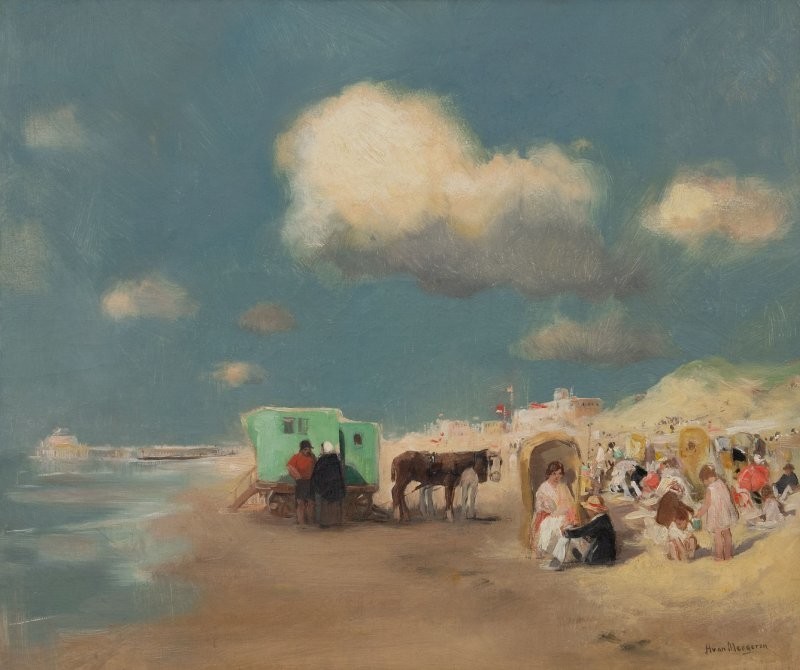
Van Meegeren's painting
The portrait painter, of course, did not sit down and paint a brilliant fake just like that right away. He studied the works of old masters, technique, and style for a long time and scrupulously. I locked myself in the studio, experimented, and came up with paints. 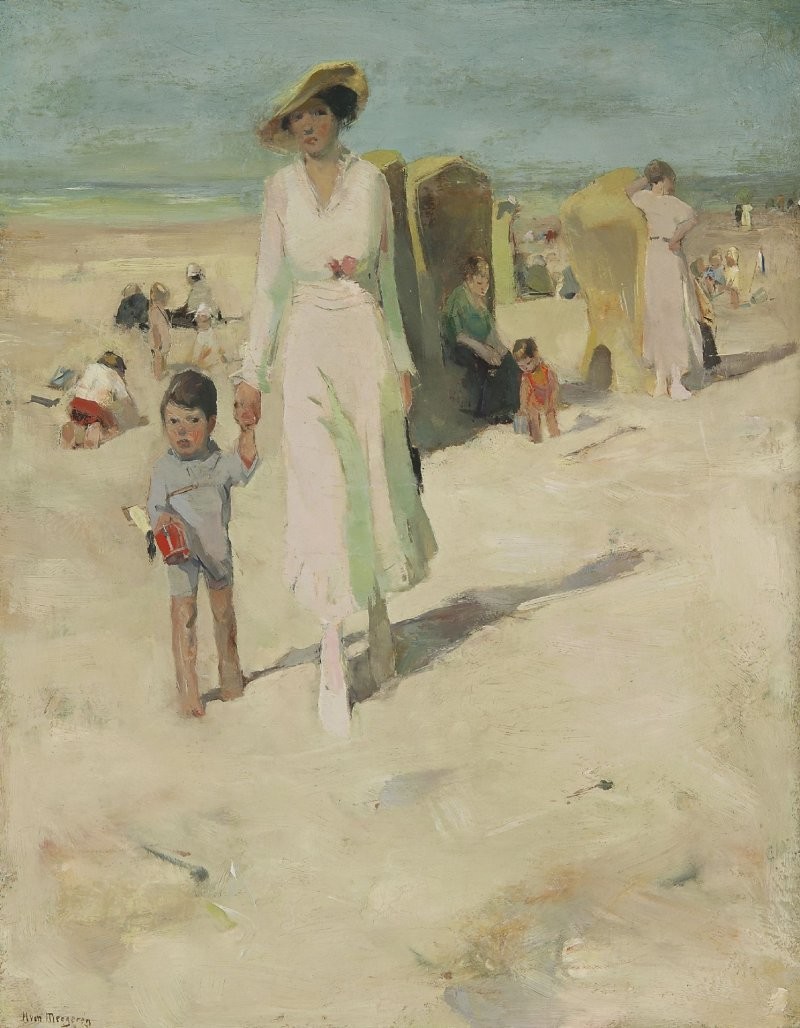
Van Meegeren's painting
He artificially aged canvases for paintings. And to reproduce Vermeer’s unique style, he even made special brushes from badger hair. Naturally, there were no high-precision technologies to identify authenticity at that time. And the experts relied primarily on their personal views. 
"Supper at Emmaus"
The fraudster managed to convince Abraham Bredius, a prominent expert of his era, of the authenticity of the forgery, passing off his work “The Supper at Emmaus” as an unknown creation by Vermeer. The adventurer coped with the difficult task by first studying Bredius’ theories in detail and creating a “dish” that the specialist wanted to consume.
After an expert opinion, the painting was sold for a fabulous sum, which amounted to approximately $4 million in modern money. 
Fake
One of the bosses of the Third Reich, the all-powerful Hermann Goering, exchanged 137 paintings from his collection for one van Megeren fake. The trade in counterfeits made the not very talented artist not just wealthy, but very rich.
End of story 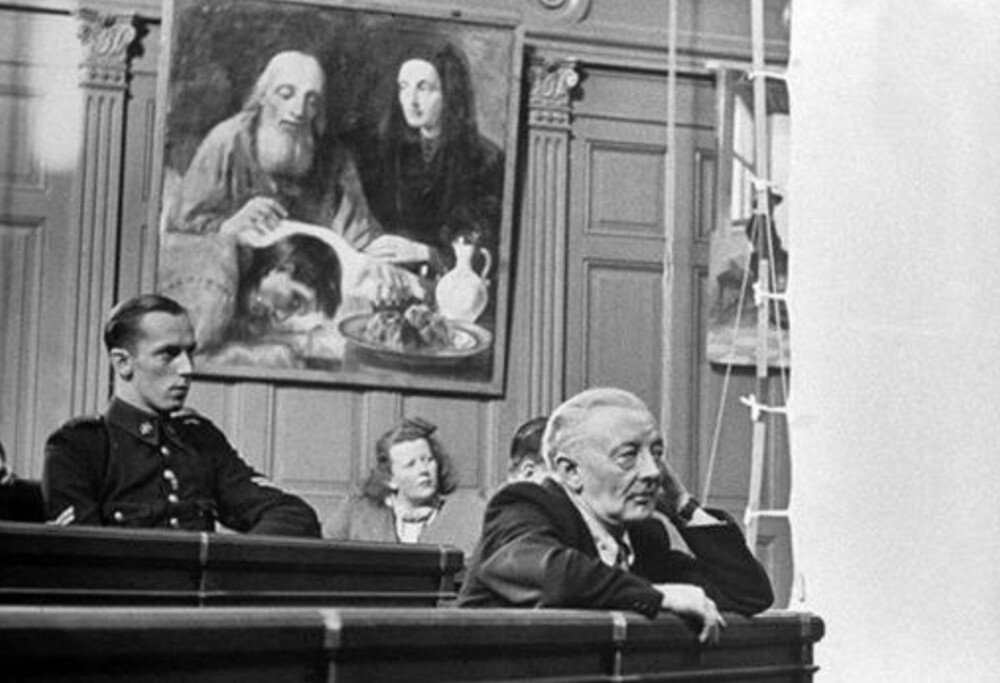
At trial
After the end of the war, the masters were immediately taken into custody, accused of selling Dutch cultural heritage objects to the Nazis. The man faced the death penalty for high treason.
The trial was attended by a panel of experts led by Paul B. Coremans. Experts have found that the paints used to create the paintings were made in the 20th century. And containers from them were found at van Megeren’s house.
The court reacted coolly to the evidence. Moreover, Abraham Bredius, whose reputation as an expert was under threat, continued to insist on authenticity. 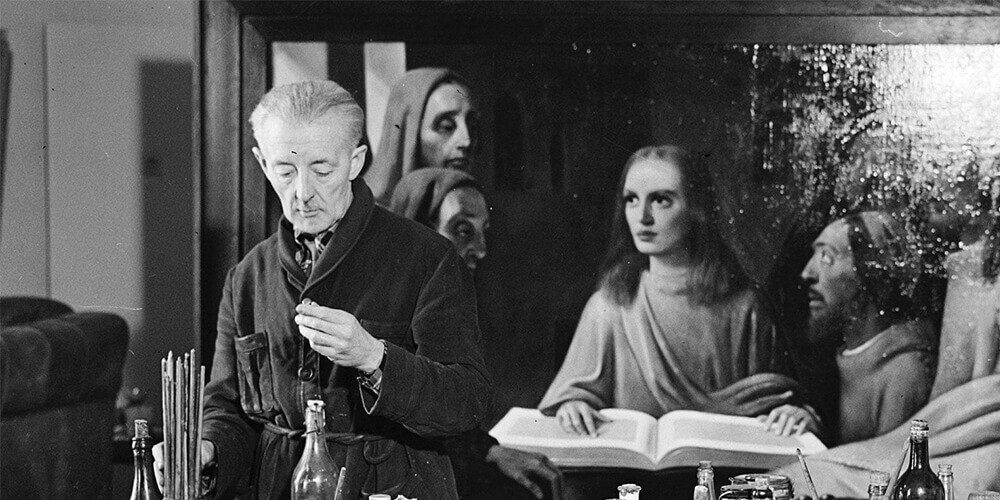
Van Meegeren at work during the examination
Van Megeren then asked permission to create the painting right in the courtroom. And he proved his innocence, receiving only a ridiculous sentence for fraud - 1 year. However, he did not serve his sentence and died in custody - a cell in an Amsterdam prison at the age of 58. And public interest in his work intensified again after the details were clarified. 
Pigments - evidence against van Meegeren at the Boijmans Van Beuningen Museum
How did the artist manage to fool everyone so cleverly? Of course, scrupulousness and attentiveness played a role. But people just wanted to believe in authenticity. After all, it is a real miracle to become the owner of a unique work of art, which many are eager to get their hands on. After recognizing the authenticity, the owners naturally defended their exhibits with triple force.
As for Han van Meegeren himself... He could well have become a talented artist, if not a genius. If only the critics had shown a little more loyalty and had not ignited the flame of greed and vanity in this man’s soul.

